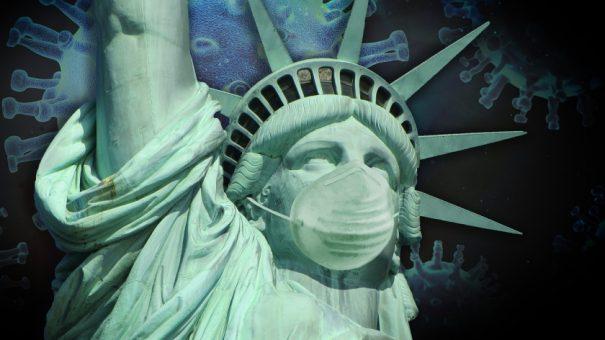J&J lowers 2020 forecast on COVID-19 uncertainty

Johnson & Johnson has kicked off the first-quarter results season with a healthy lift in sales and earnings, but pegged back its annual growth forecasts due to the COVID-19 pandemic.
Shares in the company rose despite the warning as chief executive Alex Gorsky said the company was making progress with its coronavirus vaccine candidate and was committed to starting production ‘at-risk’ to ensure that it will be available as quickly as possible for emergency use.
If all goes to plan, the company could be in a position to produce 600 to 900 million doses of its vaccine on a not-for-profit basis by April 2021. The update came as the number of confirmed COVID-19 cases tracked towards two million worldwide with 120,000 deaths.
Overall sales at the company rose 4.8% to $20.7 billion in the three-month period, higher than predicted by around $1 billion.
There was a much bigger increase in pharma however – up 10% to $11.1 billion – which is an encouraging sign for industry watchers.
Meanwhile, the demand for over-the-counter (OTC) medicines such as painkillers and fever-reducing drugs used to manage coronavirus infections caused the consumer health unit to do even better, rising 11% to $3.6 billion.
Revenues are expected to slip in the remainder of the year as the economic impact of the pandemic and lockdowns starts to be felt, and it is already being felt in J&J’s medical technology unit, which sells devices used in surgery and other medical procedures.
With elective surgeries being postponed around the world, sales fell nearly 7% to $5.9 billion, said the company.
For the full-year, J&J now thinks the pandemic could trim its 2020 revenue estimate to the $79.2 billion to $82.2 billion range, down from an earlier forecast of $85.8 billion to $86.6 billion.
That is equivalent to a reduction of between $4 billion and $6.4 billion and makes the assumption that the pandemic will peak around the middle of this month in the US and major western economies, starting to recover thereafter.
The impact could be worse if it takes longer for the outbreak to be brought under control, and for example if there turns out to be a second or third wave of infections after countries start to reduce lockdowns.
There have been some moves in that direction this week. Spain’s government has allowed construction and factory workers to return to work – a policy which has been criticised by opposition parties.
Italy is maintaining the lockdown until 3 May but said bookshops, laundries, stationers and children’s clothes shops can reopen in some regions from today, and Austria is allowing public parks, small shops and DIY and gardening supply stores to reopen.
“If the virus does return, the world should be much better prepared to test, identify and isolate it. There may also be therapeutic options available,” said J&J’s chief financial officer Joseph Wolk on the company’s results call.
The International Monetary Fund (IMF) has said it expects the global economy to shrink by 3% this year – a severe recession – with wealthier economies hit even harder with a contraction of 6.1%. That would be the sharpest downturn in the world economy since the depression of the 1930s.













